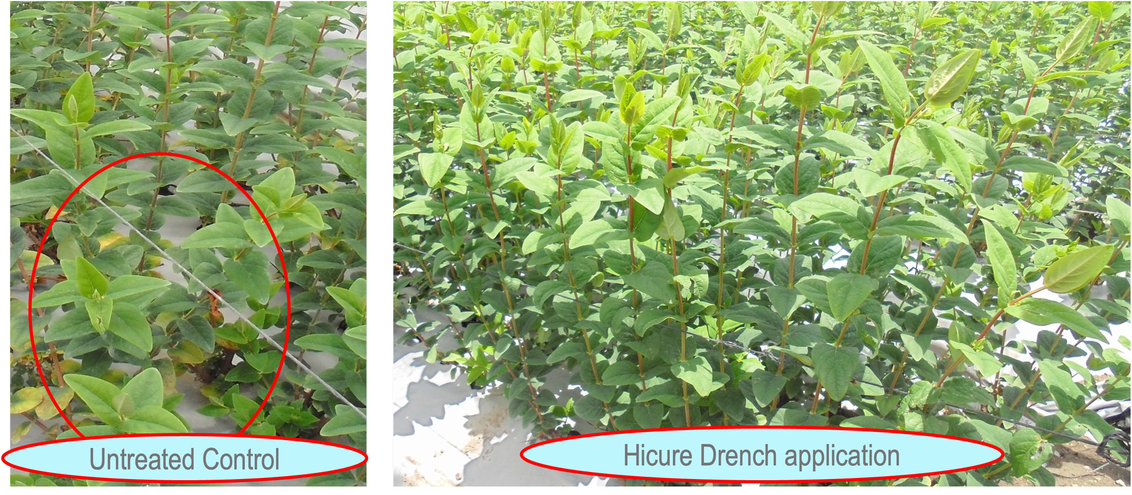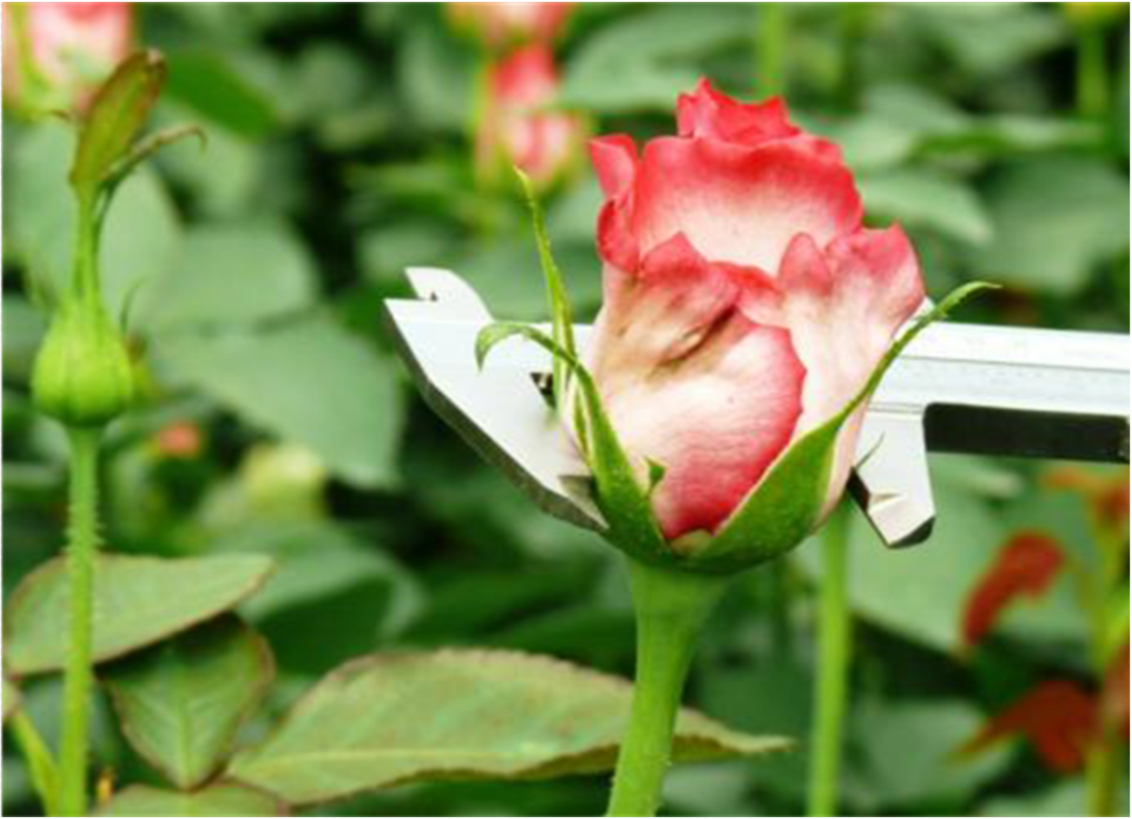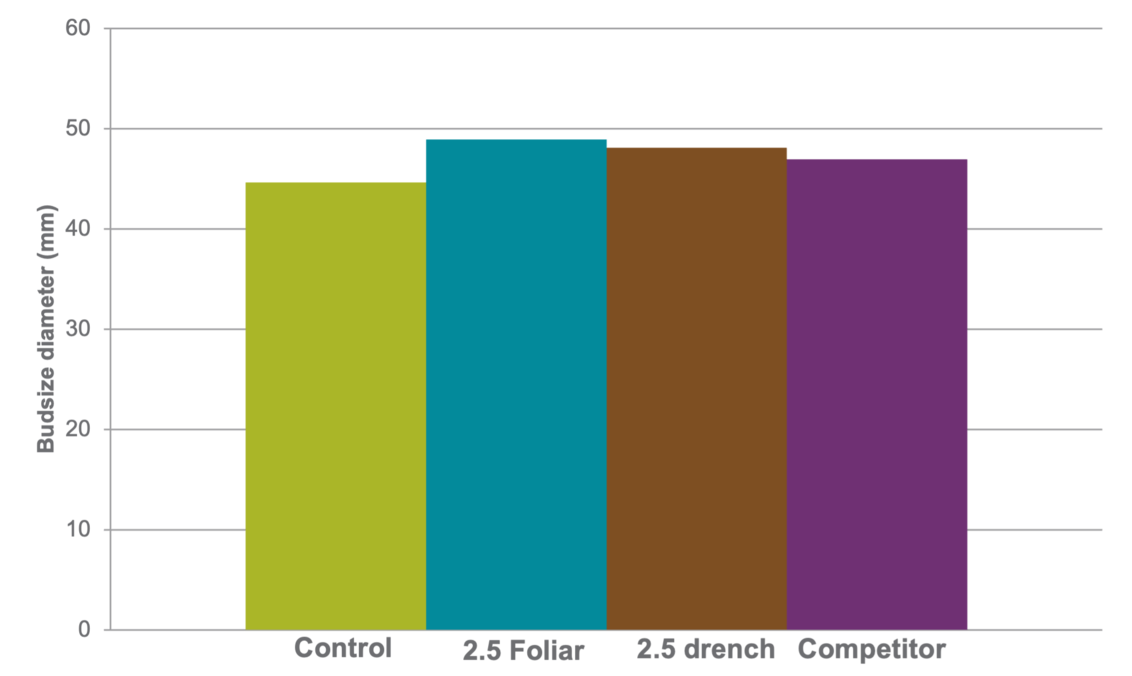The Power of Biostimulants
Introduction
The use of biostimulants for agricultural production is not new with ornamental growers in East Africa with many products already in use. However, there is little understanding of what constitutes a biostimulant or what their benefits are. Biostimulants include:
- Organic substances
- Inorganic substances
- Microorganisms
Du Jardin (2015) defined biostimulants as any substance, or mixture of substances of natural origin or microorganism which improves the condition of crops without causing adverse side effects. This implies that substances containing proteins, amino acids, enzymes, or proteins may be used as biostimulants.
Stimulants of natural origin including humic acids, protein hydrolases, salicylic acid, seaweed extracts, humic acids, fluvic acids, beneficial fungi and bacteria are also categorized as biostimulants (Chiaiese, Corrado, Colla, Kyriacou, Rouphae, (2015).
Biostimulants are distinguished by their application method, which is either foliar or soil applied. The source of production materials, either plant or animal-based, and the extraction process which can be by hydrolysis, fermentation, or extraction. Biostimulants, themselves are not crop protection or crop nutrition substances but complement the functioning of the two.

This article aims to give an overview of the importance of biostimulants on both crop yield and quality.
Plant growth is affected by both biotic and abiotic factors which influence quality and production. Soil factors include salinity, acidity, weather elements comprising of temperature fluctuations, drought, rain, wind, and humidity. Biotic factors affecting crop production include fungi, bacteria, viruses, and insects’ pests. Biotic factors either directly cause diseases or act as disease vectors. Stress factors significantly reduce yield and quality because plants divert their energy to fight off diseases.
Low temperature is one of the factors lowering the production of cut flowers. Unlike warm months, cold season for instance, the months of April to July are not very favourable for flower production due to very low temperatures affecting morphogenesis, retarding the emergence of new shoots, and slowing down vegetative growth. Consequently, exposure to extremely high temperatures may trigger oxidative stress, and affect plant growth reducing plant height, total biomass, and tillering ability in some plants. Increased transpiration rates lower the availability of water to crops, leading to water stress, and if not checked, leads to cell death.
Proof of biostimulation effect
According to EBIC, the European Biostimulant Industry Council, the evidence of a product effect when used according to recommendation, confirms whether it’s a biostimulant. Producers have an obligation under the EU Fertilizing Products Regulation (2019/1009) to demonstrate their products have a justified plant biostimulant effect before placement in the market.
Effects of plant biostimulants on crop production
Biostimulants have beneficial effects on crops which vary according to the type of biostimulant and the plant variety. When used according to recommendations biostimulants increase the efficiency of nutrient utilisation. Hicure for instance, has the nutrient chelating effect, making available the required elements to be absorbed by the plant roots.
Hicure is a biostimulant comprising essential amino acids. Application of Hicure on plants under stress enhanced induction of stress-responsive genes. Biostimulants that are rich in amino acids contribute to an increase in cold tolerance as well.

Symptoms of magnesium deficiencies were noted on the control plots.
Positively, some biostimulants do increase the content of chlorophyll in leaves eventually improving the efficiency of photosynthetic processes. Bud diameter is a significant quality parameter for roses growers as customers would prefer bigger-head roses popularly known as T-hybrids. Application of Hicure in commercial greenhouses increased the bud diameter by almost 10% with foliar application showing much better results.


Biweekly foliar applications of Hicure at 2.5 l / ha in comparison with the standard and untreated control resulted in: longer stems of roses, bigger bud sizes, shorter crop cycles leading to more flushes and production, and longer post-harvest shelf life.
Biostimulants have multifaceted effects depending on type and crop variety. Hicure with higher carbon and amino acid contents show faster crop response on Solidago, roses, hypericum, mathiola, carnations and many other varieties of cut flowers.

Hicure effect: Bud breaks 2 weeks after making a cut
Tips for Success with Hicure
Hicure enhances productivity, quality, and profitability in a sustainable manner. Its ease of application offers flexibility and efficiency in the production system. Depending on the prevailing crop situation and desired outcomes, the application of Hicure is a continuous process during the stress season.
Hicure is compatible with beneficials, fertilizers and crop protection products. It is safe for the environment and humans with zero re-entry interval.
Apply Hicure as recommended on the product label: 2.5 litres per hectare or 1.25 litres per hectare on a bi-weekly or weekly basis respectively, either as a soil drench or foliar application.
Biostimulants are among the natural preparations that improve the general health, vitality, and growth of plants and protect them against infections. Hicure is a biostimulant enabling you to get more out of your investment in times of biotic and abiotic stress. It has been proven to:
- Enhance flower bud sizes
- Increase stem length for ornamental crops
- Shorten crop cycles leading to higher production
- And giving a longer vase-life
Conclusion
Although biostimulants have positive effects on crop production they are rarely integrated into standard cultivation systems. Increasing growers’ awareness concerning the proper use of biostimulants and sustainable production enhances their significance. In this era of limited resources, global warming, and the push to adoption of sustainable agriculture, the benefits of using biostimulants on a commercial scale cannot be wished away. With biostimulants such as Hicure one can harvest more with less, securing better quality, more yield and with efficient use of scarce resources.
Ref:
Chiaiese, P.; Corrado, G.; Colla, G.; Kyriacou, M.C.; Rouphae, Y. (2018): Renewable Sources of Plant Biostimulation: Microalgae as a Sustainable Means to Improve Crop Performance. Front. Plant Sci. Vol 9, 1–6.
Du Jardin, P. (2015): Plant Biostimulants: Definition, Concept, Main Categories and Regulation. Sci. Hortic. Vol 196, 3–14.